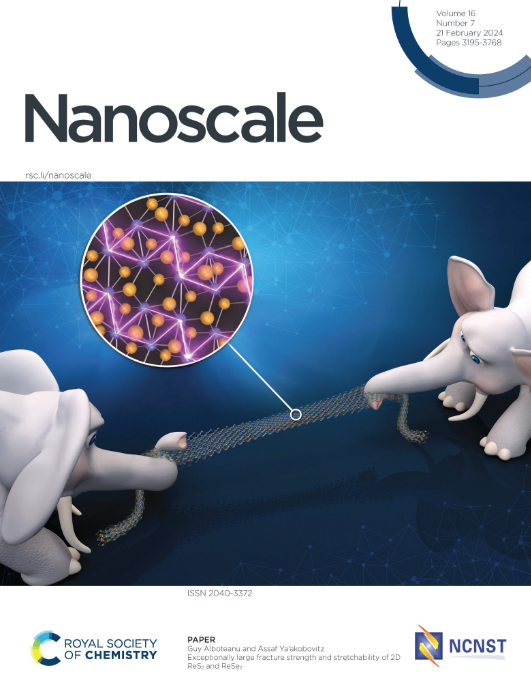Forming N-Heterocyclic Carbene Monolayers: Not All Deposition Methods are the Same
IF 5.8
3区 材料科学
Q1 CHEMISTRY, MULTIDISCIPLINARY
引用次数: 0
Abstract
N-heterocyclic carbenes (NHCs) are unrivaled in their ability to form persistent and tunable monolayers on noble metal surfaces, with disciplines from heterogeneous catalysis and microelectronics fabrication rapidly adopting this technology. It is currently assumed that different NHC monolayer preparation protocols yield equivalent surfaces; however, a direct comparison of the leading synthetic protocols is yet to validate this assumption. Herein, we explore the binding of NHC ligands to gold (Au) surfaces prepared using the five most common NHC deposition methods and discover significant differences in the resulting monolayer composition and structure. In this work, NHC-Au systems are prepared according to literature procedures starting from either the free carbene, the CO2 adduct, the bicarbonate salt, or the triflate salt. The resulting surfaces are characterized with surface-enhanced Raman spectroscopy (SERS), laser desorption/ionization mass spectrometry (LDI-MS), electrochemistry, and X-ray photoelectron spectroscopy (XPS). These data indicate that the free carbene, vacuum annealing, and solvent annealing methods form chemisorbed NHC monolayers, as expected; however, the solution phase methods without annealing yield surfaces with a fundamentally different character. Although XPS is widely used to confirm the binding of NHCs to metal surfaces, it does not capture the differences in these deposition procedures and should be used with caution. Taken together, these results reveal a significant variation of the NHC surface structure as a function of deposition procedure and provide a critical benchmark to govern the design and preparation of future NHC monolayer systems.求助全文
约1分钟内获得全文
求助全文
来源期刊

Nanoscale
CHEMISTRY, MULTIDISCIPLINARY-NANOSCIENCE & NANOTECHNOLOGY
CiteScore
12.10
自引率
3.00%
发文量
1628
审稿时长
1.6 months
期刊介绍:
Nanoscale is a high-impact international journal, publishing high-quality research across nanoscience and nanotechnology. Nanoscale publishes a full mix of research articles on experimental and theoretical work, including reviews, communications, and full papers.Highly interdisciplinary, this journal appeals to scientists, researchers and professionals interested in nanoscience and nanotechnology, quantum materials and quantum technology, including the areas of physics, chemistry, biology, medicine, materials, energy/environment, information technology, detection science, healthcare and drug discovery, and electronics.
 求助内容:
求助内容: 应助结果提醒方式:
应助结果提醒方式:


